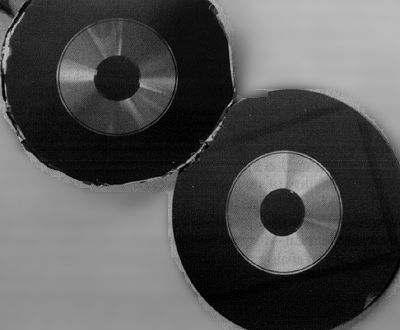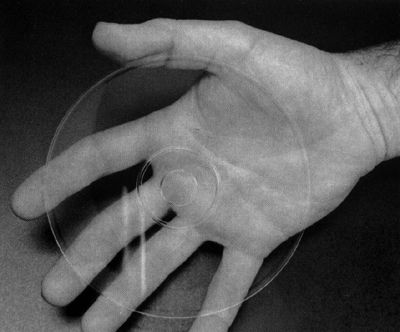| Columns Retired Columns & Blogs |
If the digital data is the same once it has been recovered from the disc, then the digital binary data entering the pins of the DAC IC are the same, thus the DAC produces an analog signal that in theory should be the same.
Once the disc has been read, the data is buffered to memory before reaching the DAC IC (this is how anti-skip works and is on every CD player made since the 1990s, portible, home, car, or computer). So this whole article is complete BS.










































